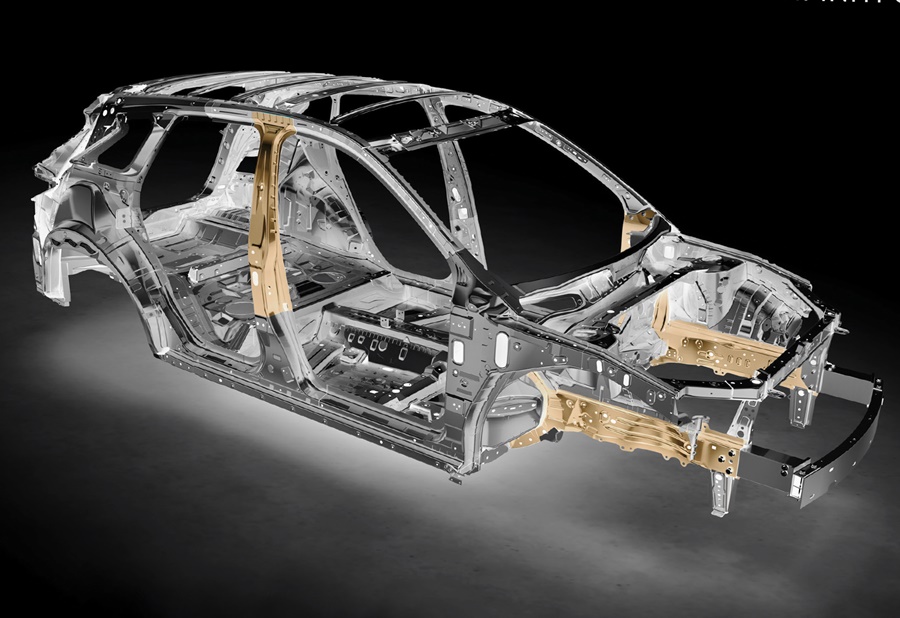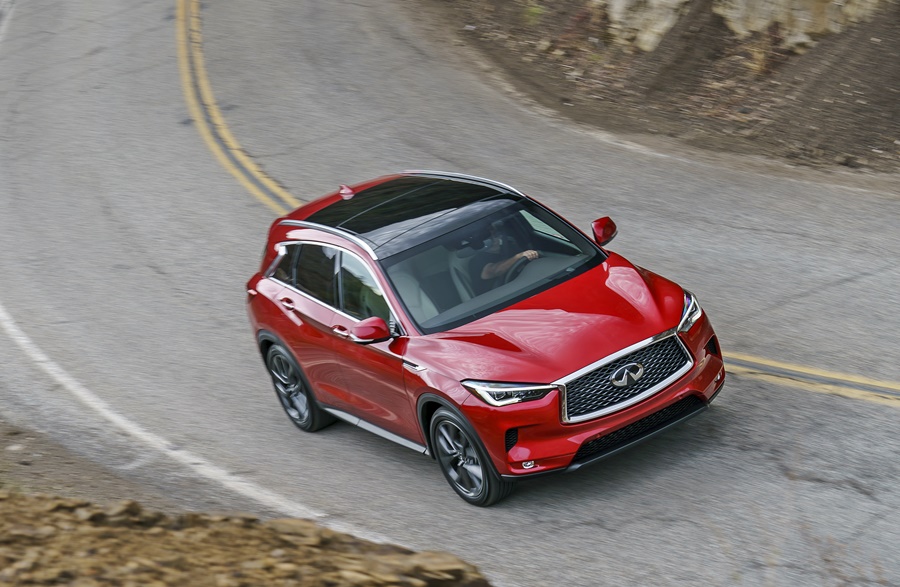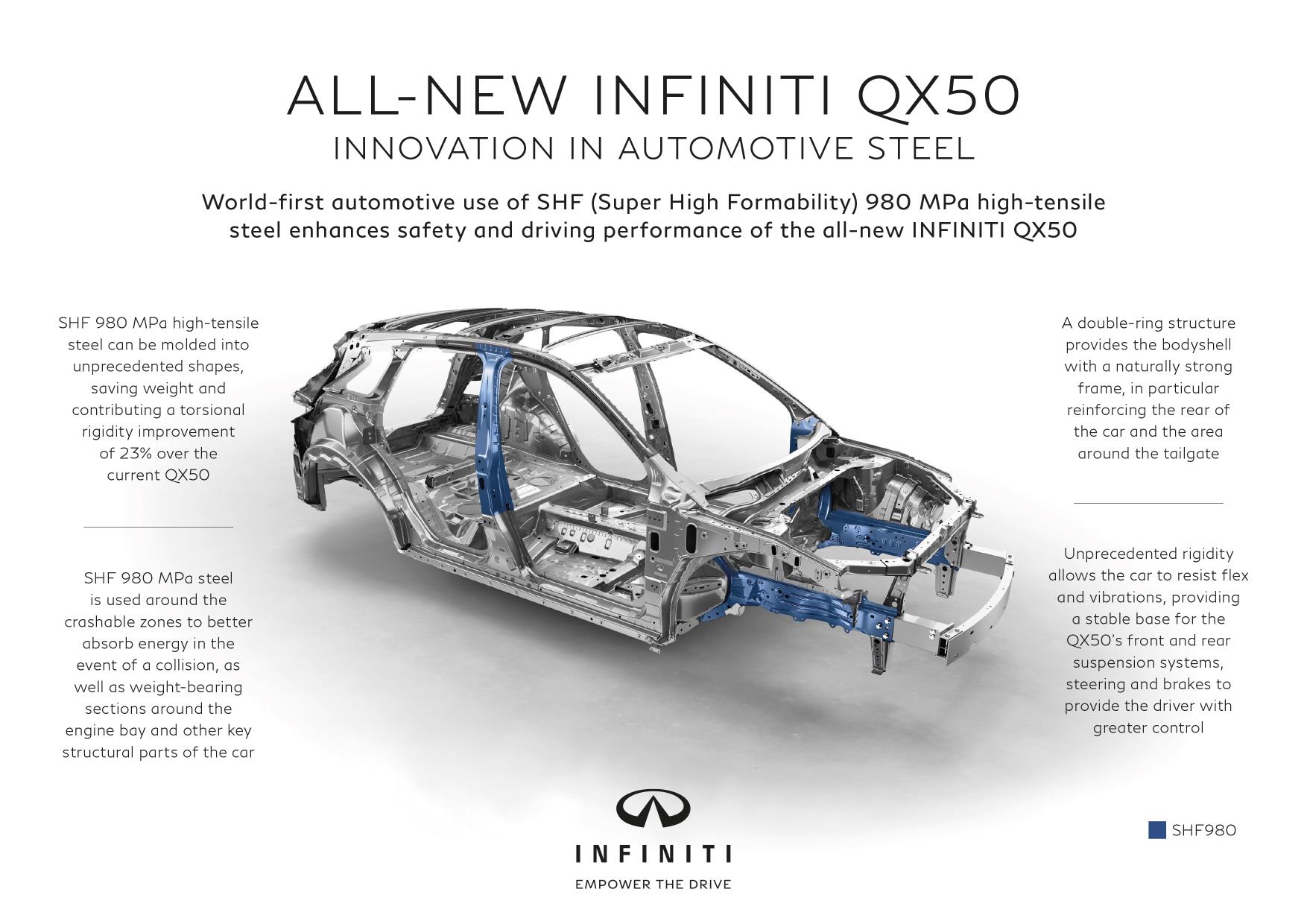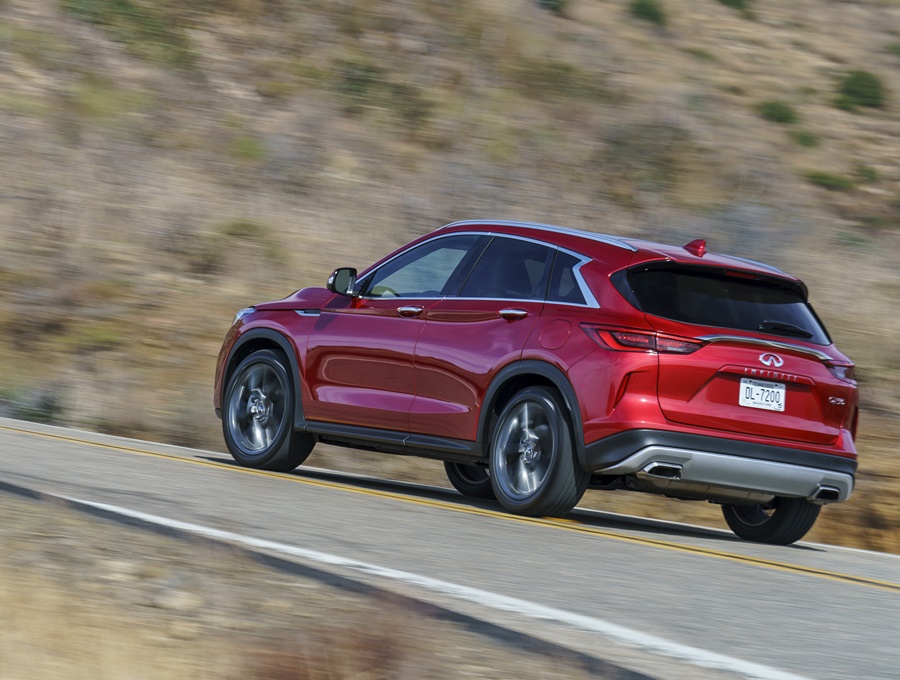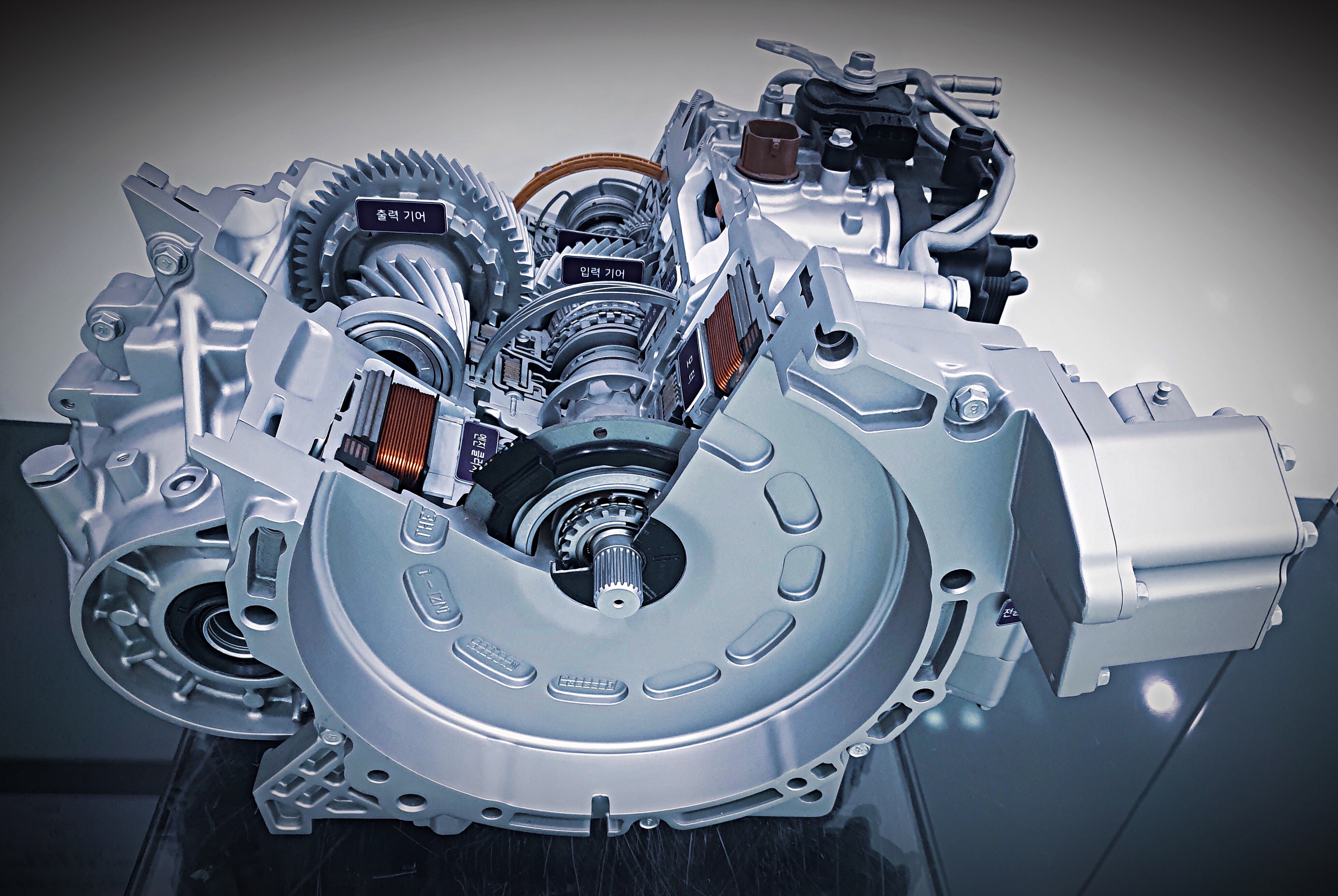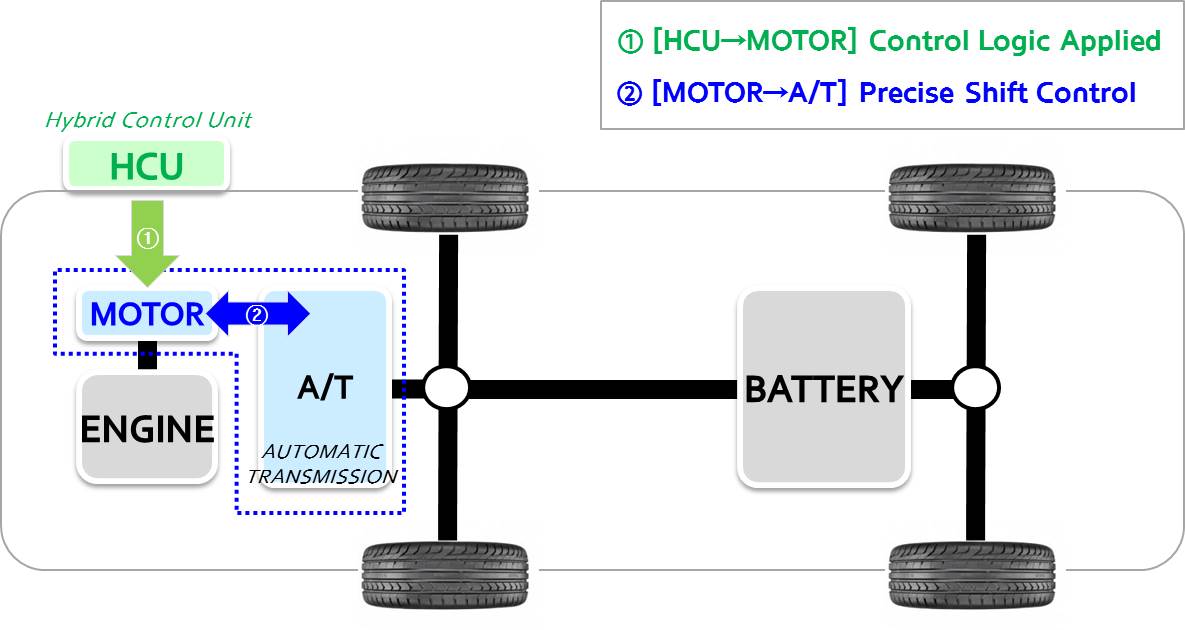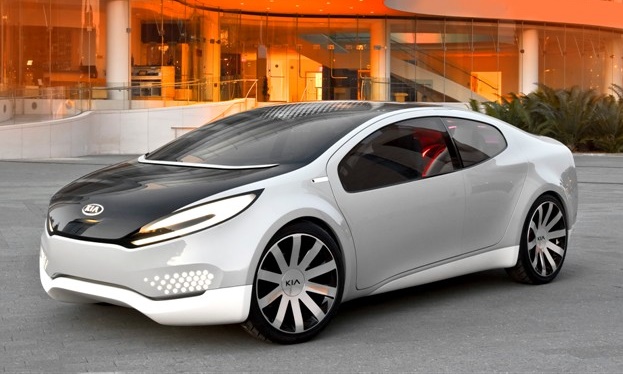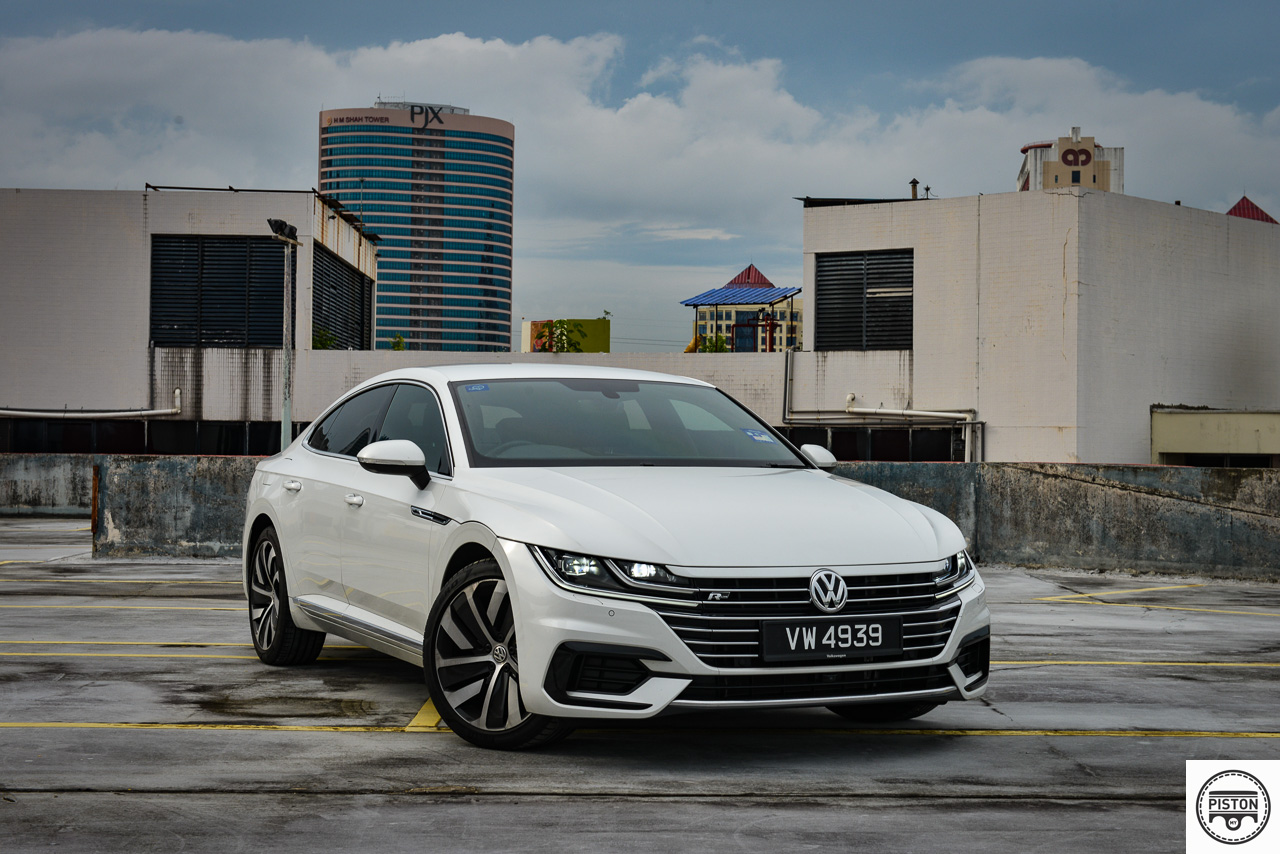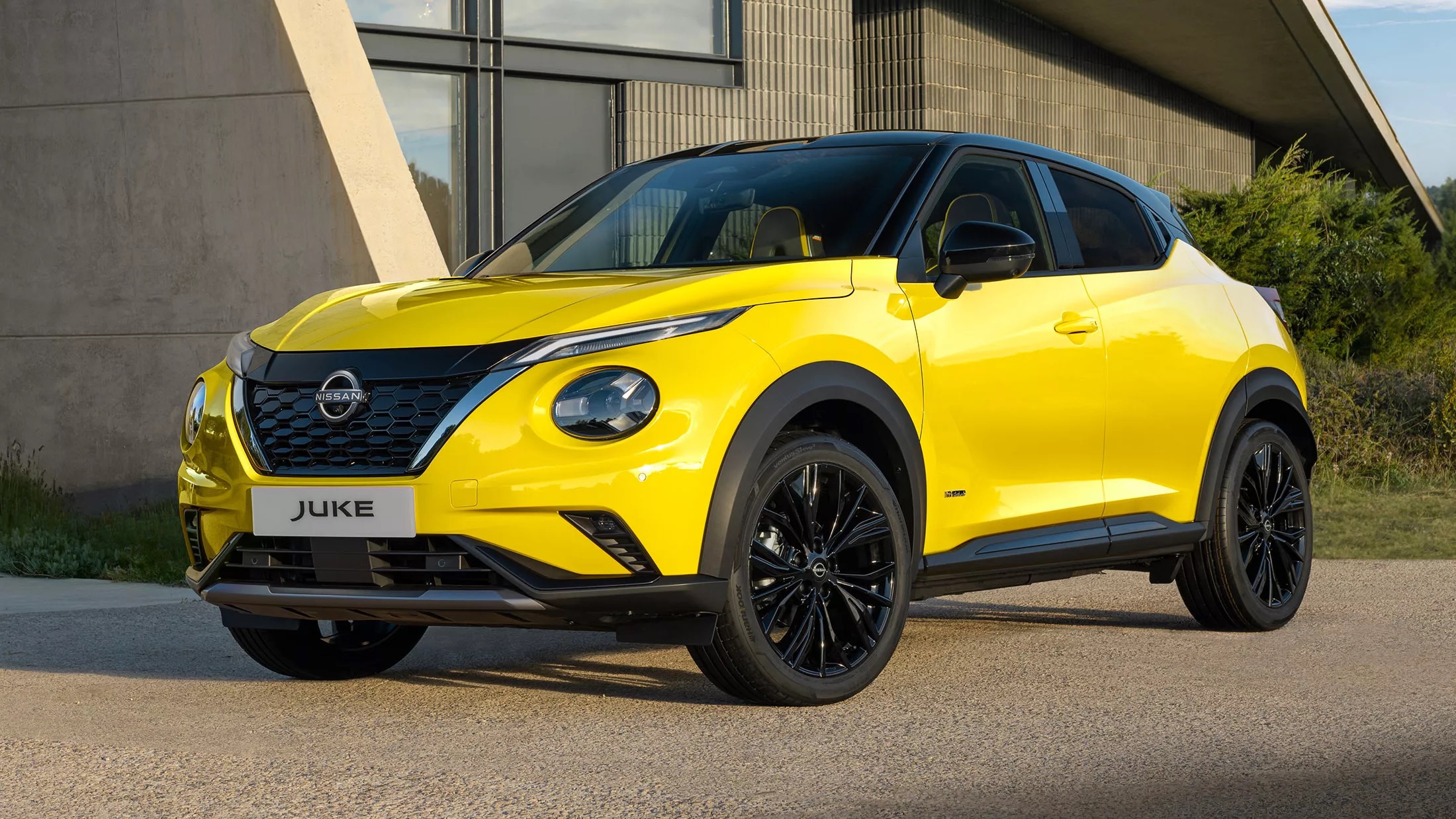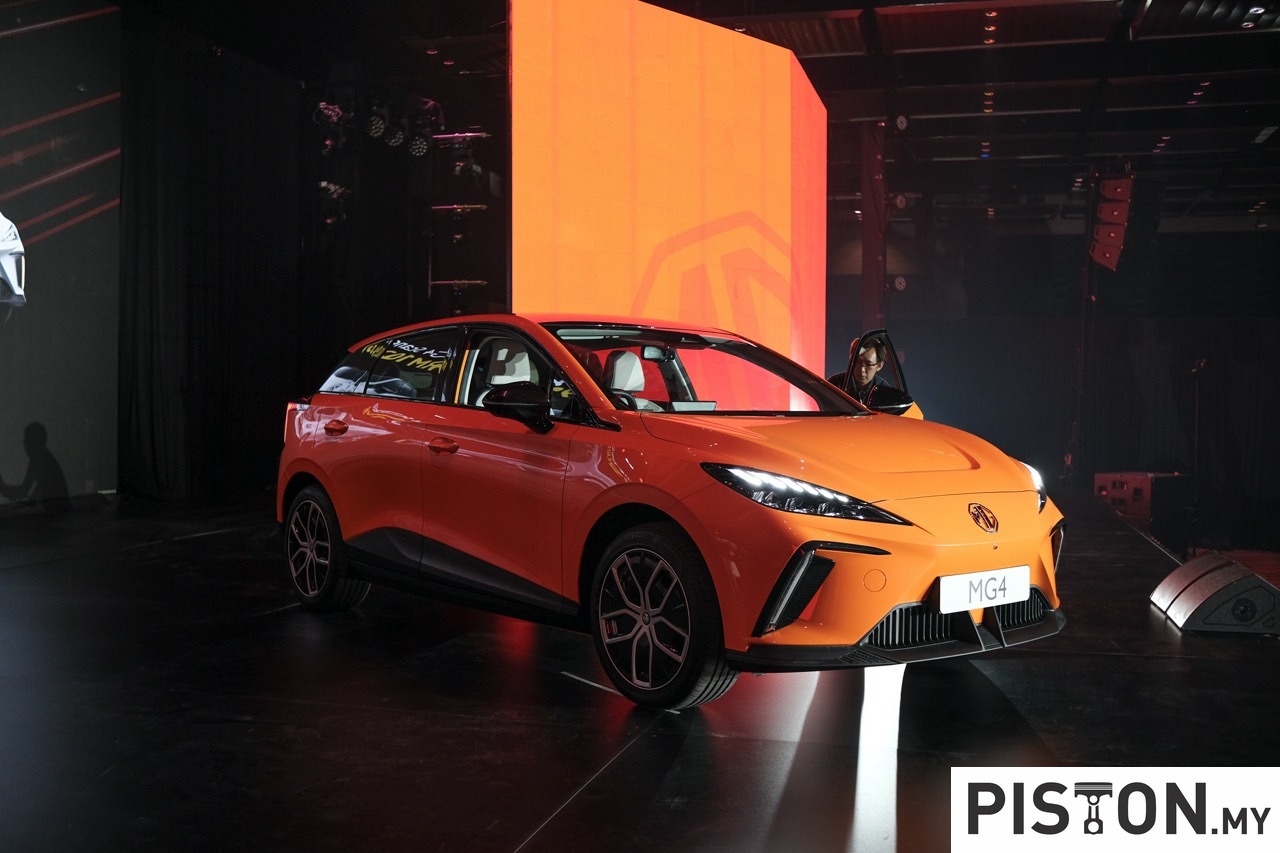Weight has long been known as something that must be reduced as much as possible in a car. Lowering the weight brings benefits to fuel efficiency and handling, two important aspects that engineers keep trying to improve all the time. However, back in the days before computer-aided engineering (CAD), it was difficult to achieve weigh reductions and manufacturing technology then was also not able to handle advanced steel materials.
The advent of high-tensile steel was a big leap forward for the auto industry. This type of steel has high strength but the greater strength does not require extra weight. In fact, compared to conventional steel, high-tensile steel is lighter yet stronger.
Stronger steel produces a number of clear benefits for the customer. The overall weight reduction improves fuel economy, while the increased strength builds on existing safety. Since the steel is stronger, the sections become smaller and more interior space is available, producing environments that are more open for the driver and passengers.
Use of advanced high-tensile steel gets award
When creating the latest QX50, engineers at Infiniti, Nissan’s premium brand, went into molecular detail to ensure it was the best it could be in every aspect, and the science behind a more advanced high-tensile steel used in the QX50 has just received a prestigious global award.
One of the challenges of very high-tensile steel is it can be difficult to work with in the manufacturing process, limiting the complexity of parts and adoption in a new vehicle. In order to make this world’s first steel compatible for mass production, engineers worked directly with a steel supplier to formulate a brand new, high-strength, lightweight and highly formable steel for the model.
980 MPa steel supersedes 590 MPa steel
The new 980 MPa steel, created using a specially developed formula, has superseded the traditional 590 MPa steel. As part of the work around the new steel, an academic paper on ‘The application of 980 MPa advanced high strength steel with high formability’ was chosen for The SAE/AISI Sydney H. Melbourne Award for Excellence in the Advancement of Automotive Steel Sheet. It is awarded by SAE International, a global nonprofit organization based in the USA, which has more than 128,000 participating engineers and researchers working in aerospace, passenger car and commercial vehicle industries.
Around 27% of the QX50 body is made from special steels – an increase of 21% over the previous generation – resulting in a 23 kg mass reduction overall. Within the front of the car alone, the adoption of high-tensile steel has provided a 13 kg weight reduction, while frontal energy absorption improved by 10%.
With the QX50 being the first car in the world to use 980 MPa steel, Infiniti will look into adopting it in more applications in coming years. The goal is to achieve 25% or more of the vehicle weight made from advanced high-strength steel, benefiting customers with reduced weight, improved fuel economy and enhanced levels of safety.
Visit www.infiniti.com.my to know more about the models available in Malaysia.


